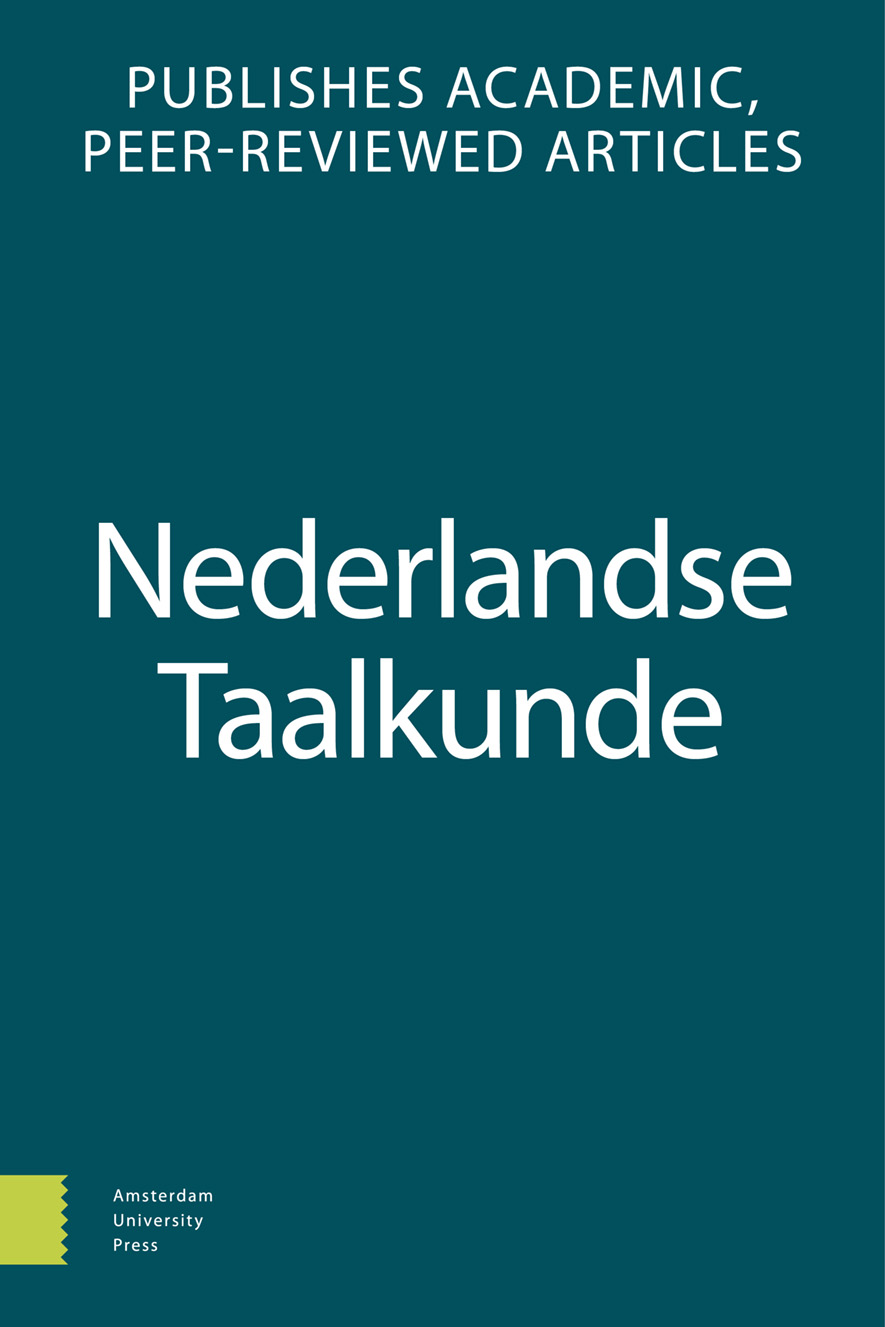-
oa Connectieven in de rechterperiferie - Een contrastieve analyse van dus en donc in gesproken taal
- Amsterdam University Press
- Source: Nederlandse Taalkunde, Volume 16, Issue 3, Dec 2011, p. 333 - 348
Abstract
This article presents a corpus-based analysis of the Dutch discourse marker dus (‘so’) and its French translation equivalent donc in right peripheral position in spoken language. The working hypothesis of this study is that discourse markers in the right periphery of the utterance can be described in terms of an intersubjective paradigm, with discourse functions oriented towards the hearer. Results show that this is indeed the case, both for dus and for donc In the right periphery, the two markers express metadiscursive meanings of reformulation and explicitation, more than of causal conclusion. These meanings have been interpreted as hearer-oriented, since they either help the reader to make sense of the message (reformulation, explicitation) or they invite the hearer to co-construct the conclusive meanings (causal conclusion). In addition, both markers seem to play a specific role in turn transitions thus adding to their intersubjective character.


